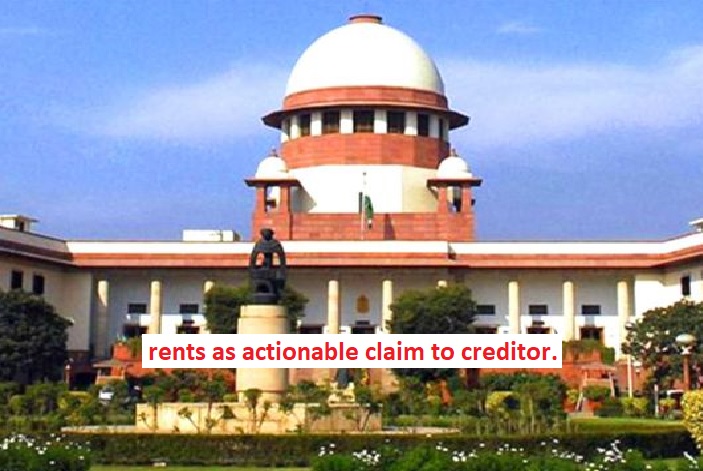


In a dispute between IL&FS and HDFC Bank, the Supreme Court ruled that rents owed by a borrower can be assigned to a lender as an "actionable claim" under the Transfer of Property Act, 1882.
According to Justices S Ravindra Bhat and Dipankar Datta, Section 3 of TPA defines actionable claims as unsecured debts or beneficial interests in movable property, both recognized as enforceable. Section 130 of TPA outlines the transfer process for actionable claims.
The Court cited the TPA and relevant authorities to affirm that debts, considered as actionable claims, can be transferred. In this instance, the rents owed by IL&FS tenants, lessees, and licensees qualify as debts and have been successfully transferred to HDFC Bank.
The key question in this case was whether IL&FS's documents, assigning rents to HDFC Bank, fell under the asset freeze order by NCLAT regarding IL&FS's assets. The court determined that rents owed by IL&FS tenants, lessees, and licensees were indeed debts and had been successfully transferred to HDFC Bank.
In the backdrop of this case, HDFC Bank extended a credit facility to Infrastructure Leasing and Financial Services Ltd. (IL&FS). In 2018, both parties entered into a Master Facility Agreement (MFA) that involved the establishment of a distinct escrow account with Housing Development Finance Corporation Bank Ltd. (Escrow Bank).
Additionally, an "Assignment Agreement" was entered into between IL&FS and HDFC. This agreement stipulated that the authorized debt under the MFA, including the associated interest, would be paid from the income and revenue generated through Business Centre Services Agreements, Lease Agreements, and License Agreements. Importantly, the Assignment Agreement explicitly directed the rents owed to IL&FS to be assigned to HDFC.
On October 15, 2018, the National Company Law Appellate Tribunal (NCLAT) issued an asset freeze order that applied to the assets and securities owned by IL&FS.
During this period, HDFC and the Escrow Bank deducted funds from the Escrow Account. IL&FS argued that there was no actual assignment of the receivables but rather the establishment of a security interest in them. As a result, IL&FS contended that HDFC and the Escrow Bank were not entitled to make these deductions.
In the Supreme Court's ruling, the central question was whether the documents signed by IL&FS, transferring rents to HDFC, qualified as an assignment, and consequently, whether they were exempt from the asset and security freeze order issued by the NCLAT.
The Bench concluded that according to the Master Facility Agreement (MFA), the rents that IL&FS was entitled to serve as collateral for the loan provided by the lender. Furthermore, the Assignment Agreement explicitly established that the rents owed to IL&FS had been unconditionally assigned to HDFC.
The Court clarified the nature of a Lease Rental Discounting (LRD) Agreement as follows:
The Lease Rental Discounting (LRD) arrangement is a novel financial agreement in which a bank extends credit facilities to a commercial property owner, granting them access to credit with flexibility. The key condition is that a significant portion or the entire rent or receivables due to the owner is transferred, sold, or assigned unconditionally to the creditor bank. The purpose is to automatically settle the borrower's liabilities from the proceeds generated by the property. These amounts effectively function as unsecured debts.
Although the documents executed by IL&FS did not explicitly mention "LRD," they effectively constituted an LRD Agreement. The Bench stated that when all contemporaneous documents are examined together to understand the true intent of the contract, it becomes clear that the parties aimed for the assignment of the debt, specifically the rents owed. The crucial factor is the nature and essence of the transaction, which should be the determining factor.
TAGS: Lease Rental Discounting (LRD) Agreement Financial arrangement Credit facilities Document interpretation.